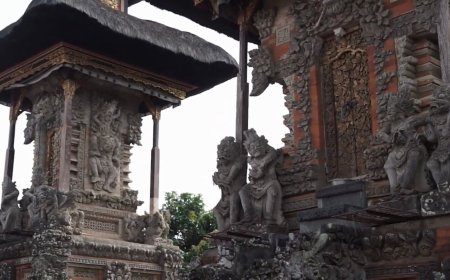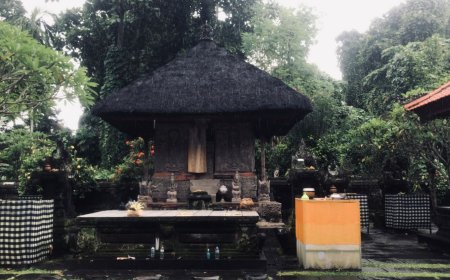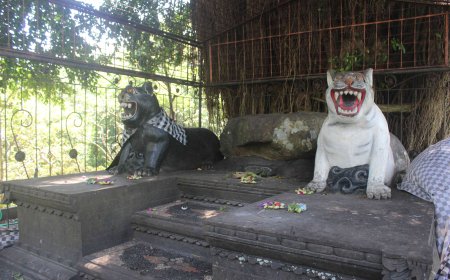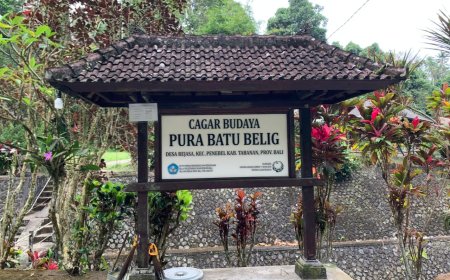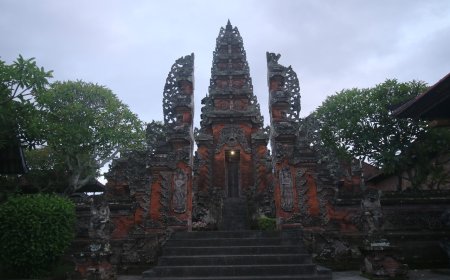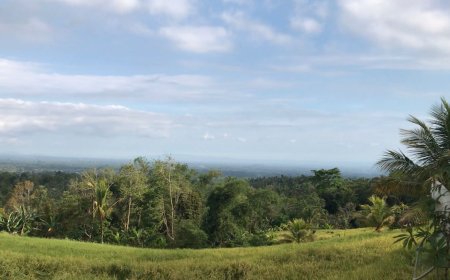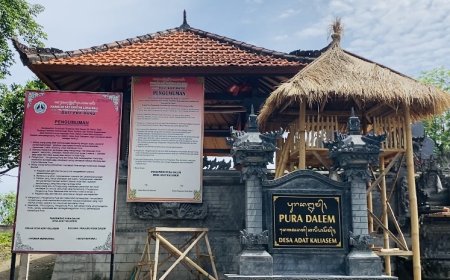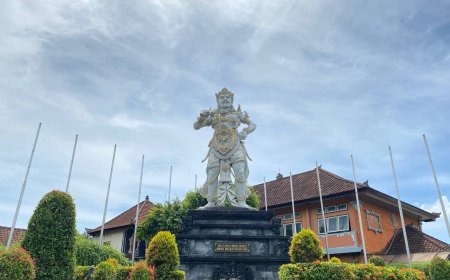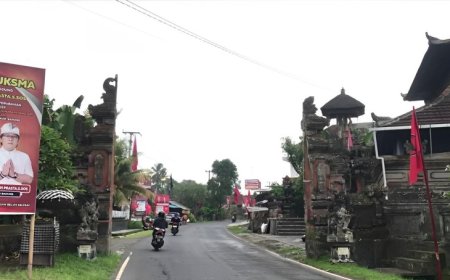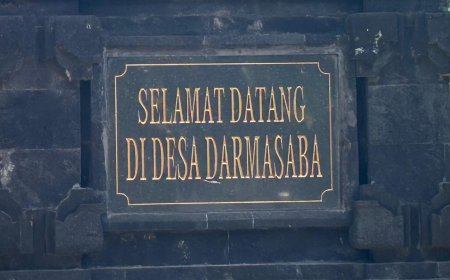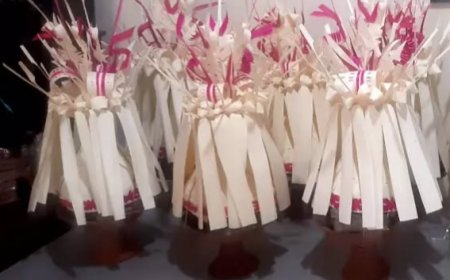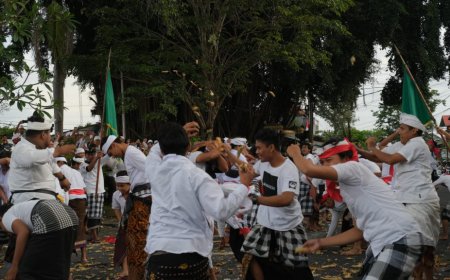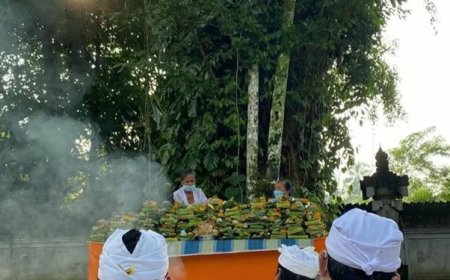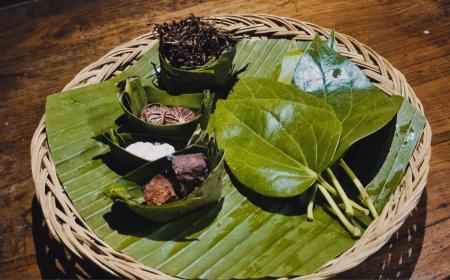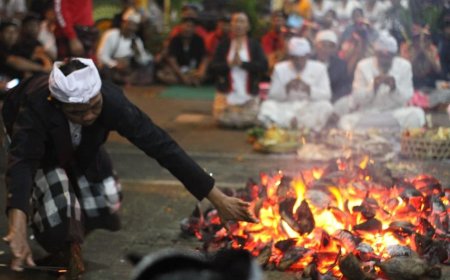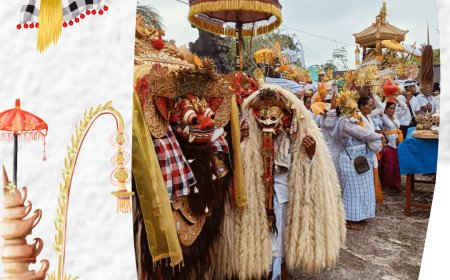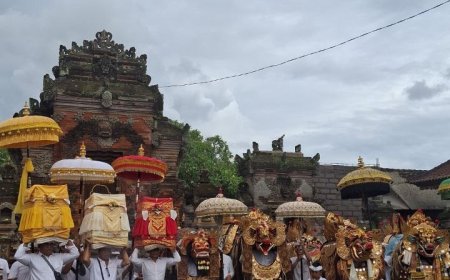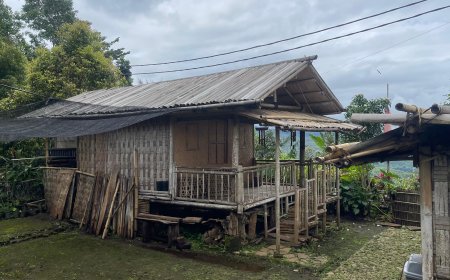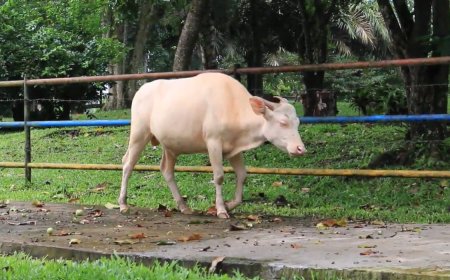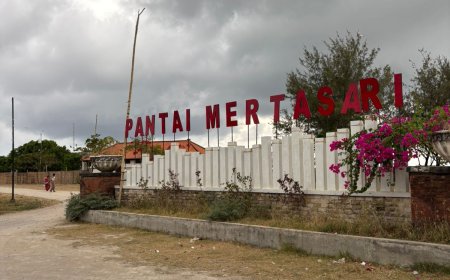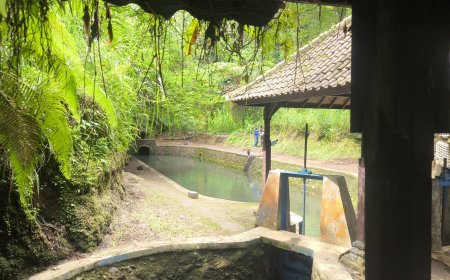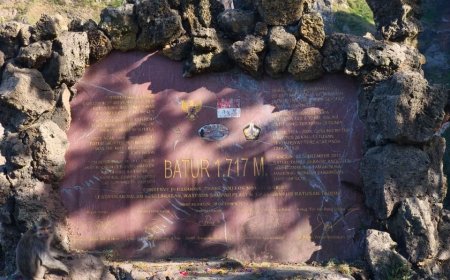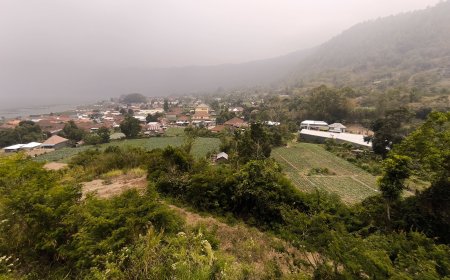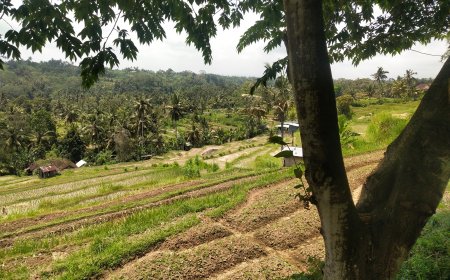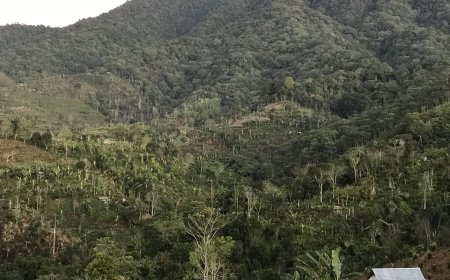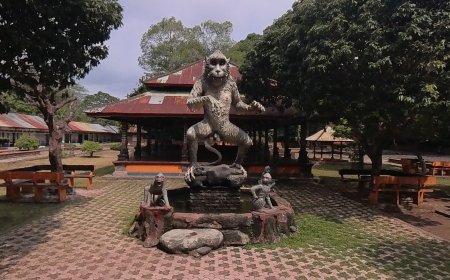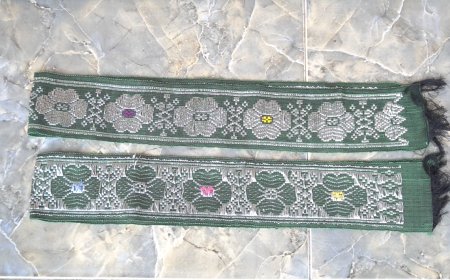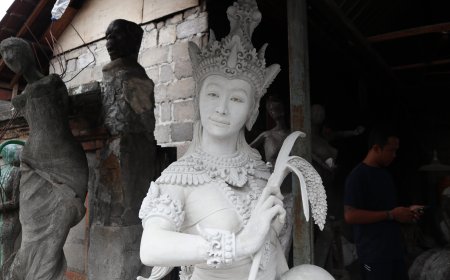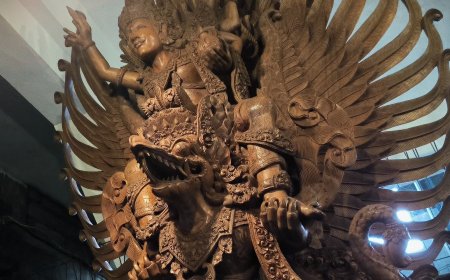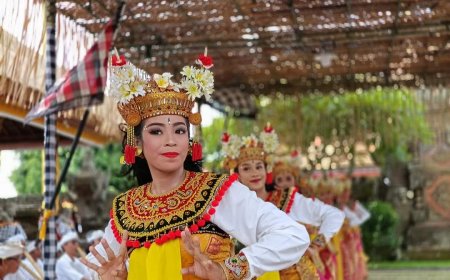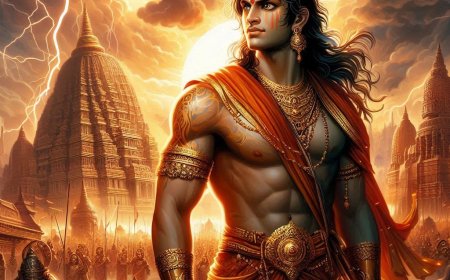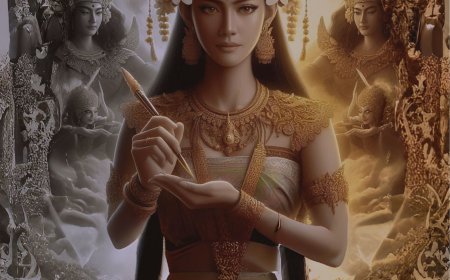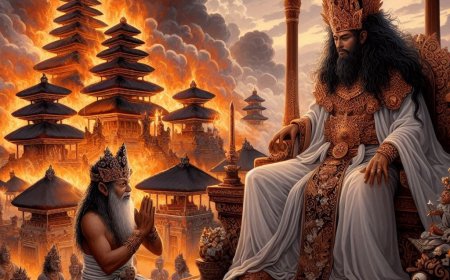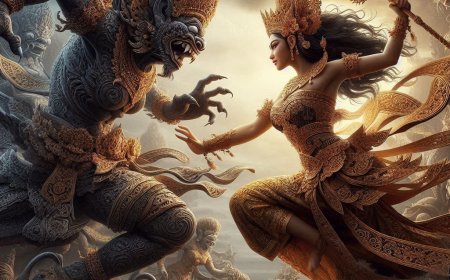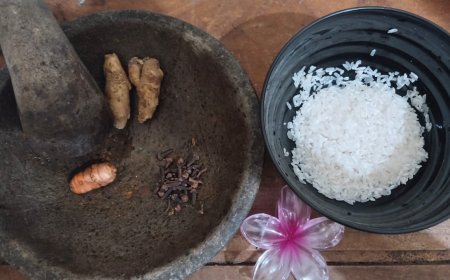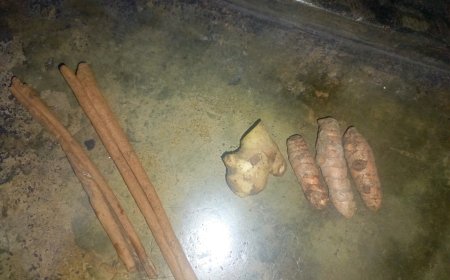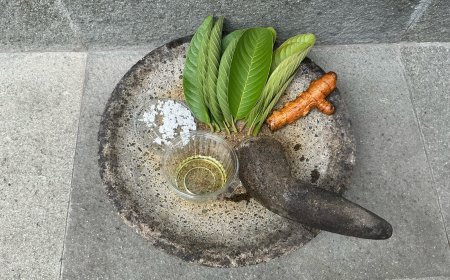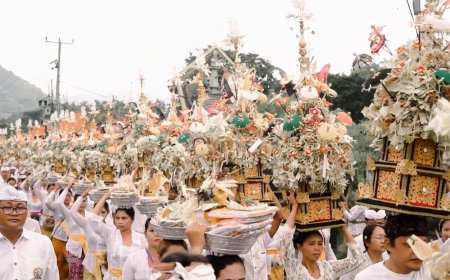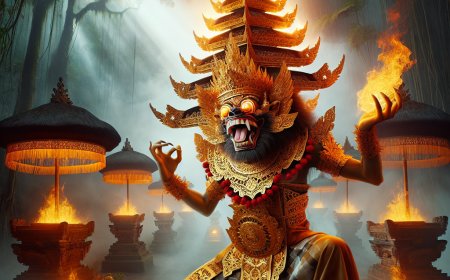Dug Dug Mong: The Sacred Heritage of Batuyang That Saved Thousands of Lives
The Dug Dug Mong tradition was born out of a great calamity that struck Batuyang Village in the 17th century. A mysterious plague was halted through the Mecaru ritual led by King Cokorda Raka, accompanied by the sacred presence of Barong and Rangda. Since then, the ritual accompanied by the distinctive gamelan sounds of “Dug” and “Mong” has become an annual cultural heritage. This tradition not only saved the villagers but also symbolizes spiritual harmony and the sacred identity of the Batuyang community.
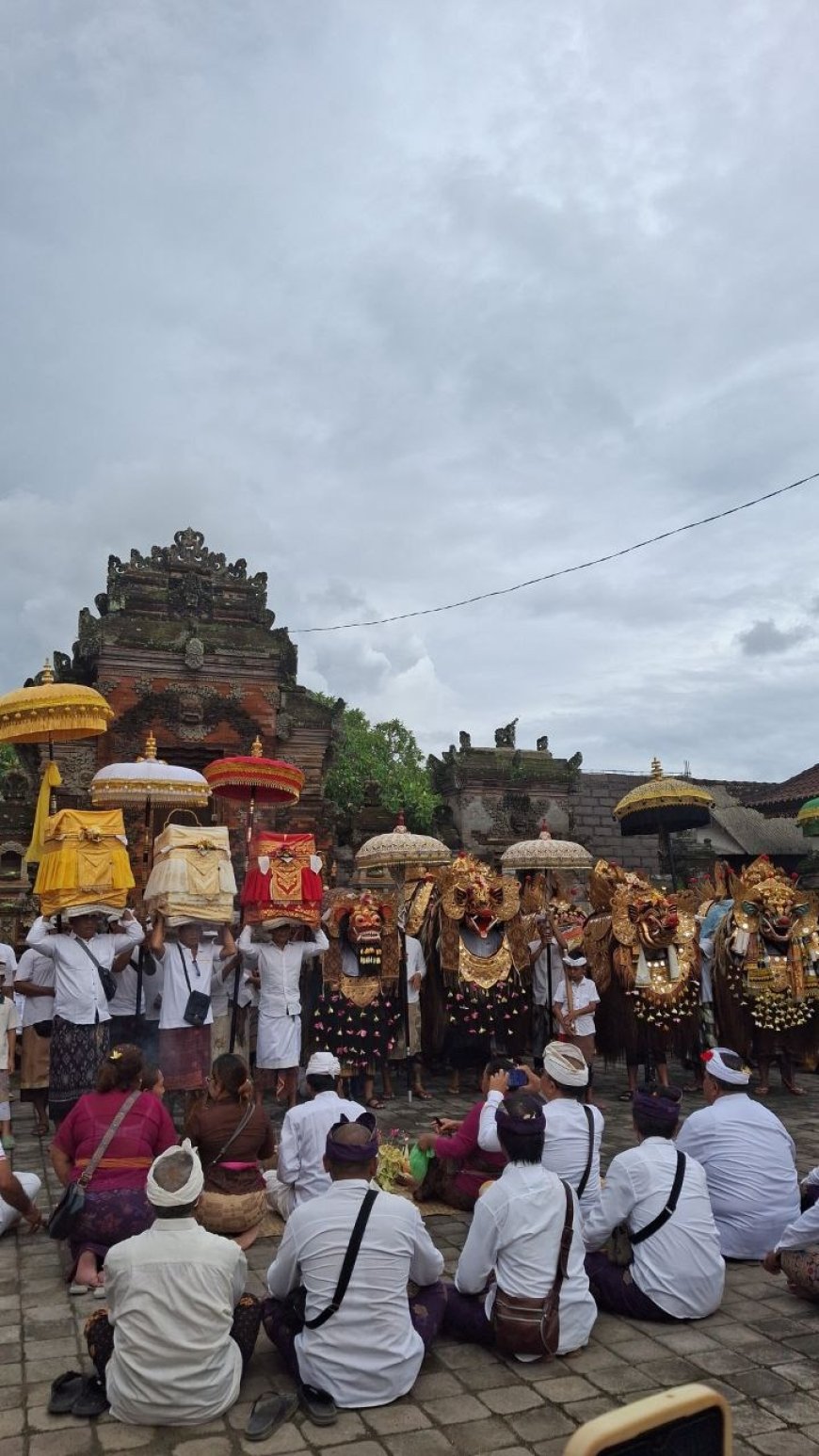
Sesuhunan Ratu Sakti, Pura Penataran Batuyang (Source: Personal Collection)
From Calamity to Sacred Ritual
In the 17th century, Batubulan Kangin, also known as Batuyang Traditional Village, was struck by a mysterious plague. Villagers fell ill without clear cause, and many lost their lives. Amid this turmoil, King Cokorda Raka received divine guidance from Sang Hyang Widhi Wasa: to stop the plague, the community had to perform the Mecaru ritual at every crossroads and junction. With unwavering faith, the king led the villagers in carrying out the ceremony. The procession was accompanied by the descent of the sacred Barong and Rangda from Pura Penataran Batuyang, believed to be the manifestation of the kingdom’s ancestors. Their presence symbolized the eternal struggle between dharma (good) and adharma (evil).
Mecaru Procession at the Intersection of Batuyang Traditional Village (Source: Personal Collection)
The Birth of Dug Dug Mong Tradition
After the ritual was performed, the plague gradually disappeared, saving thousands of lives. This miraculous event marked the beginning of the annual tradition later known as Dug Dug Mong. The name comes from the unique sounds of the accompanying gamelan: the drum (kendang) struck twice producing the sound “Dug,” symbolizing the beginning of life, followed by the gong (kempur) struck once producing the sound “Mong,” symbolizing the end of life. Together, they reflect the Hindu concept of Rwa Bhineda two opposite forces that complement and cannot be separated.
Catus Pata Statue of Batuyang Traditional Village (Source: Personal Collection)
Harmony for Future Generations
Today, Dug Dug Mong stands as a strong cultural identity of Batuyang Village. More than just a ritual, it serves as a reminder of ancestral salvation and as an embodiment of the philosophy of Tri Hita Karana: maintaining harmony with God, with nature, and with fellow human beings. Every beat of “Dug” and “Mong” is not merely the sound of gamelan, but an echo of history passed down through generations, an eternal message to live in balance, and a testament to the spiritual richness of Batuyang’s community.
